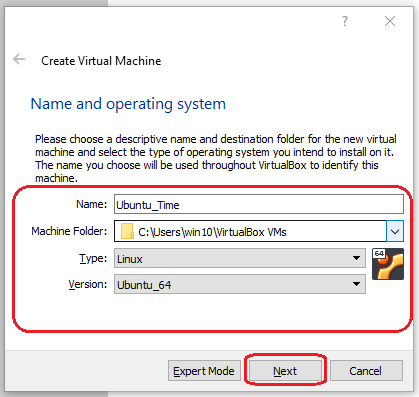

Actually, you can install pretty much any Linux distribution this way. The screenshots in this tutorial use Ubuntu 12.04, but the same principles apply also to Ubuntu 12.10, 11.10, 10.04, and any future version of Ubuntu.

This work is licensed under a Creative Commons Attribution-ShareAlike 3.0 Unported License. Installing Ubuntu inside Windows using VirtualBox You may also want to consider donating directly to the Ubuntu project. I’ll demonstrate the installation process on a minimal install of a Ubuntu virtual machine.If you've found these tutorials useful, please consider donating a small amount to one of my favorite non-profits/charities. The host system could be any operating system. The scenario here is that you have Ubuntu Linux installed inside VirtualBox. Installing VirtualBox Guest Additions on Ubuntu Impressed by the features it provides? Let’s see how you can install VirtualBox Guest Additions on Ubuntu Linux.
Automated logins: Basically credentials passing, it can be a useful feature. The parameters of the time synchronization mechanism can be configured. Time synchronization: The Guest Additions will resynchronize the time with that of the Host machine regularly. Applications can be started in the Guest machine from the Host. The “guest properties” provide a generic string-based mechanism to exchange data bits between a guest and a host, some of which have special meanings for controlling and monitoring the guest. Generic host/guest communication channels: The Guest Additions enable you to control and monitor guest execution. Seamless windows: The individual windows that are displayed on the desktop of the virtual machine can be mapped on the host’s desktop, as if the underlying application was actually running on the host. The video resolution in the guest will be automatically adjusted, as if you had manually entered an arbitrary resolution in the guest’s Display settings. It also allows you to resize the virtual machine’s window. Better video support: The custom video drivers that are installed with the Guest Additions provide you with extra high and non-standard video modes, as well as accelerated video performance. You can tell VirtualBox to treat a certain host directory as a shared folder, and the program will make it available to the guest operating system as a network share, irrespective of whether guest actually has a network. Shared folders: My favorite feature this feature allows you to exchange files between the host and the guest. Drag and drop: You can also drag and drop files between the host and the guest OS. Shared clipboard: With the Guest Additions installed, you can copy-paste between the guest and the host operating systems. 
Mouse pointer integration: You no longer need to press any key to “free” the cursor from the Guest OS.







 0 kommentar(er)
0 kommentar(er)
